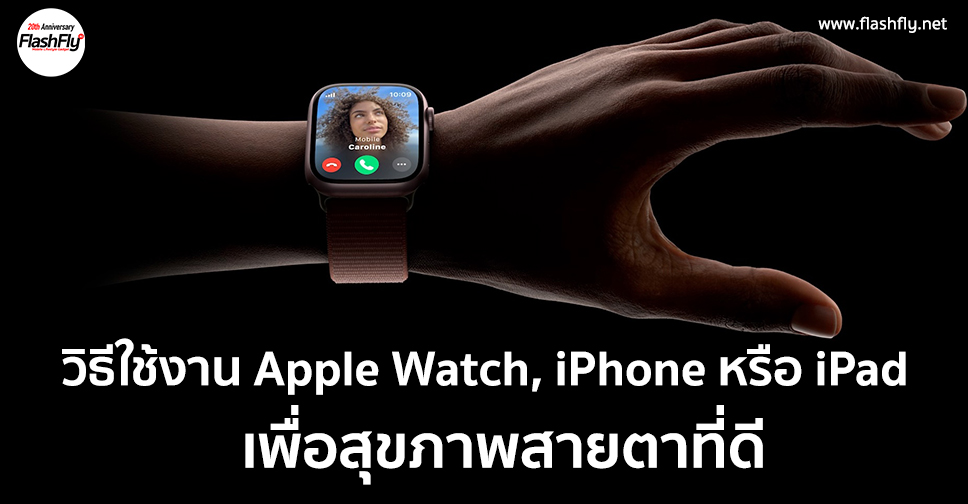#Apple #cuts #Apple #Vision #Pro #sales #expectations
According to analyst Ming-Chi Kuo, the company expects to sell less than half a million units this year, 30% less than expected.
The advanced augmented reality viewer Apple, el Apple Vision Pro, It does not seem to be generating the enthusiasm that usually accompanies the brand’s products. Although getting a unit in the early days was difficult, demand seems to have dropped significantly in the following weeks.
Now, according to Ming-Chi Kuo (a well-known analyst who usually relies on sources in the company’s supplier network), Apple has cut its sales estimates for 2024 and is considering delaying the launch of a new model to the year 2026.
According to Kuo, Apple will sell this year in between 400,000 and 450,000 units of Vision Pro. This is the most pessimistic scenario foreseen by the company, since before the launch it considered that it could sell close to 700,000 units.
The device is incredibly advanced and has more resolution than other virtual and augmented reality headsets on the market, but that also makes it very expensive ($3,500 dollars). Apple also faces big obstacles in its manufacture. The screens used by the device are not yet manufactured in large volumes, so even in the best of cases, the company was not going to be able to surpass one million units sold this year.
The cut, however, seems to indicate that Apple has not managed to sell the expected amount in the only country in which, at the moment, Apple Vision Pro is available, USA. Most analysts expect that in the coming months the company will begin selling the product in other key markets such as China, Japan and Europe.
The platform still does not have a large number of applications or immersive content, which drags down its popularity. Although technically amazing, the developers are aware that the initial audience for this product will be small. Streaming video services such as Netflix do not have applications available and others have simply adapted the applications that they already had developed in iPad, that do not fully take advantage of the capabilities of the device.
“The challenge of Vision Pro is in the lack of key applications, the price and comfort. Other VR-focused headsets are also a niche market, but at least there are proven successful applications, such as gaming,” Kuo explains.
Future lower-priced versions of the Apple Vision Pro could increase demand, but according to Kuo they will take a while to arrive. Apple’s initial plan was to launch the Apple Vision Pro successor in the second half of 2025. Now, the device could be delayed until early 2026.










